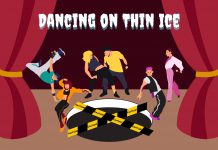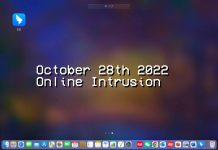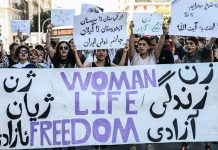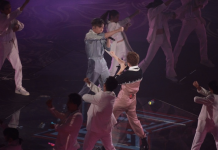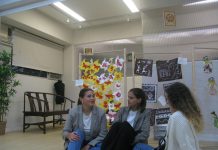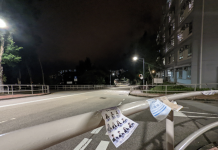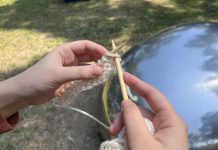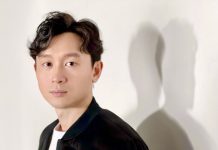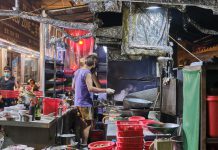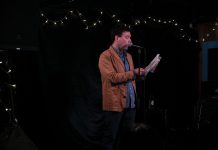Misinformation does not just lead the media to make embarrassing mistakes, but it also affects the decisions made by organisers. On September 28, the Hong Kong Federation of Students (HKFS) was distressed to receive news that two students were injured by rubber bullets. Therefore, they called on all students to disperse and many students followed their instructions. It later turned out the information had been wrong. No rubber bullets had been fired.
Yvonne Leung Lai-kwok, an HKFS spokesperson, says the episode was a lesson in learning to better verify information with more diverse sources. They now send students to different occupied districts to get more authentic information.
Leung says although rumours can keep the protestors alert, she does not support the spread of rumours because a lot of time is consumed by discussing, checking and acting on unverified information. It distracts them from their original plans.
“It may not be a good thing. Eventually, it will be ‘cry wolf’. [Eventually] the number of people who come out because of the dangerous situations will decrease,” she says.
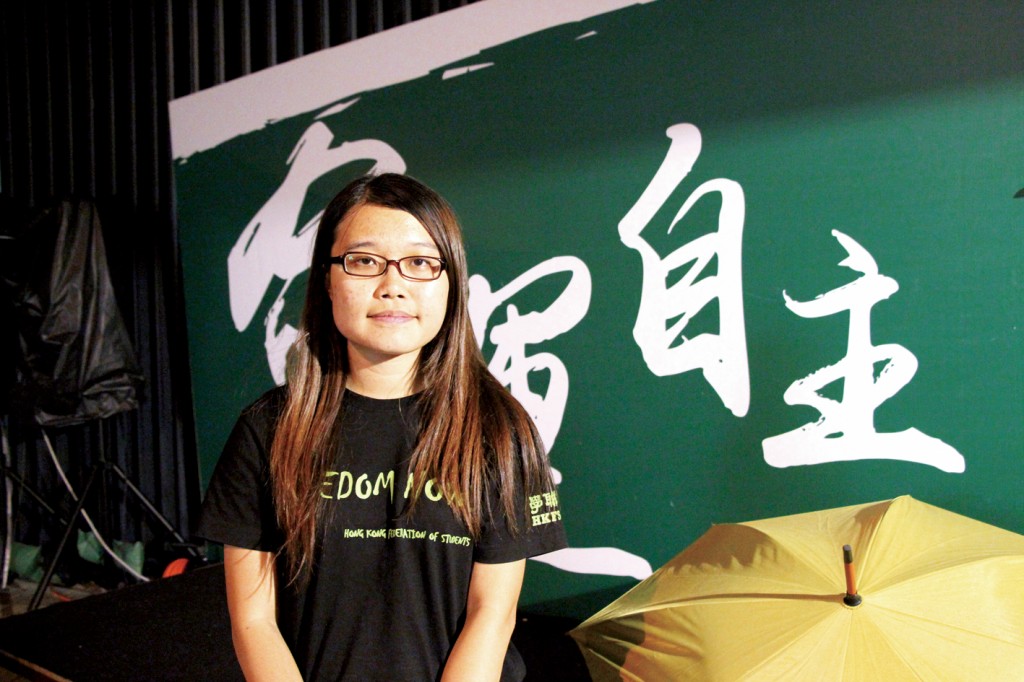
Although it may seem as if there have never been so many rumours flying around in Hong Kong as there have been during the Umbrella Movement, rumours are actually very common in social movements. Chen Yun-chung, associate professor of Cultural Studies at Lingnan University, who participated in the campaign to save Queen’s Pier and against the demolition of Choi Yuen Village, says political entities such as the government often use rumours to suppress social movements.
As an active supporter of the Occupy Movement, Chen has been attacked by political opponents through defamatory rumours. On September 5, a Facebook page called Brother Democracy published the fake minutes of a discussion in which Chen was supposed to have said the Occupy Central movement needed to shed blood and create another June Fourth crackdown in order to force the central government to make concessions on political reform.
What Chen had really discussed was his thoughts about Hong Kong’s constitutional arrangements after Occupy Central. According to the fake minutes, Yvonne Leung Lai-kwok from HKFS, who also attended the meeting, said the federation would encourage foreign exchange students to join Occupy Central and that media tycoon Jimmy Lai Chee-ying had bankrolled the class boycott. An American PhD student at City University was portrayed as a spy from the US Consulate General who said the consulate would help student leaders to study overseas after Occupy Central.
All of these statements have been denied by people who attended the meeting. And the US Consulate has called those parts that relate to the consulate fabrications. Chen Yun-chung says the rumours have the effect of dividing members of the pro-democratic camp, making them feel exhausted and battering their confidence and credibility. He thinks organisers of the Occupy Movement are unable to focus solely on their work as they have to deal with the risks coming from rumours. “HKFS holds meetings every day, and people blame them for not talking to the citizens. They don’t have time because risk management has already exhausted them a lot,” Chen says.
With many years of experience in social movements under his belt, Chen has learnt to use “triangulation” as a way to judge whether a rumour is true or not. He only believes in information that comes from more than three credible sources. This idea of triangulation is also adopted by journalists and mainstream media, although in a more rigorous and sceptical way.
Veteran journalist Allan Au Ka-lun says the proper way to deal with rumours is to first investigate their source. Whether the source has a vested interest is the major concern. After that, Au will proceed to fact-check with other sources by triangulation. He points to the case of a woman who complained on a phone-in radio programme that the traffic jam in the Cross-Harbour Tunnel caused by the Occupy Movement prevented her from bidding farewell to her dying daughter-in-law. Au says this well-constructed misinformation was disseminated to the public quickly through WhatsApp right after the programme.
Au says the host could have asked more questions and checked whether there was an official record of a traffic jam at the time. It would be easy to find out whether there was a problem with the Cross-Harbour Tunnel that day. Au says the caller was suspicious and questions whether there was a hidden political agenda behind the rumour aimed at discrediting the social movement.
“But many mainstream media published the information without checking it, That’s why we need to fact-check. You need to ask different sources and see whether they all point to the same thing,” Au says.
Having worked in the media for more than 20 years, Au generally holds a negative view about rumours. “Journalists ask for the truth and the information people obtain should be true. If it’s a rumour, no matter what it is, where it is set, it is negative,” he says.



